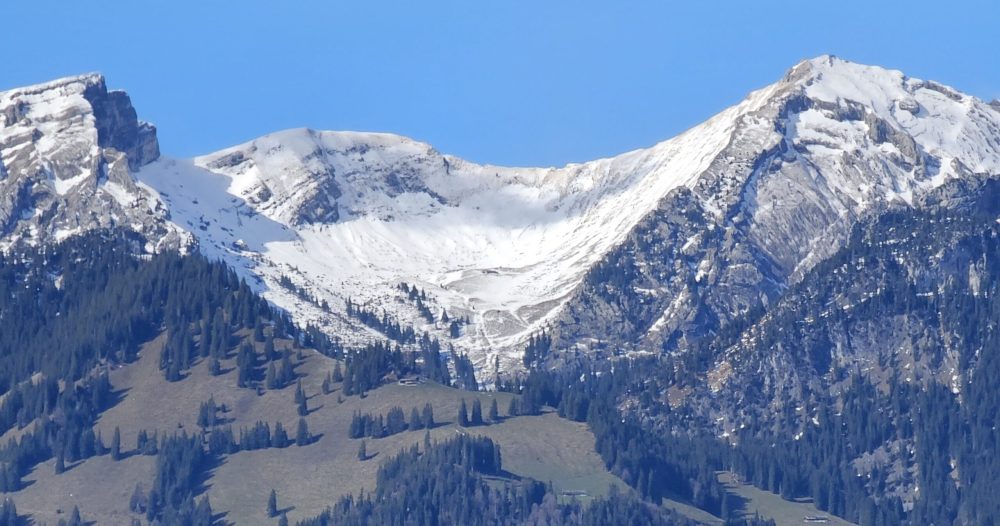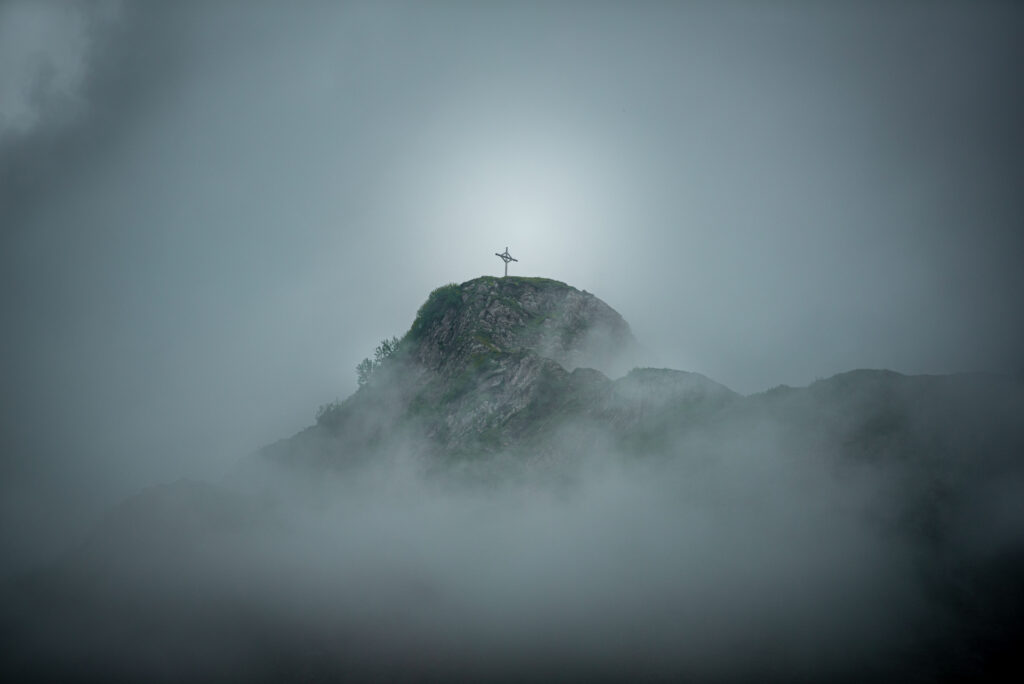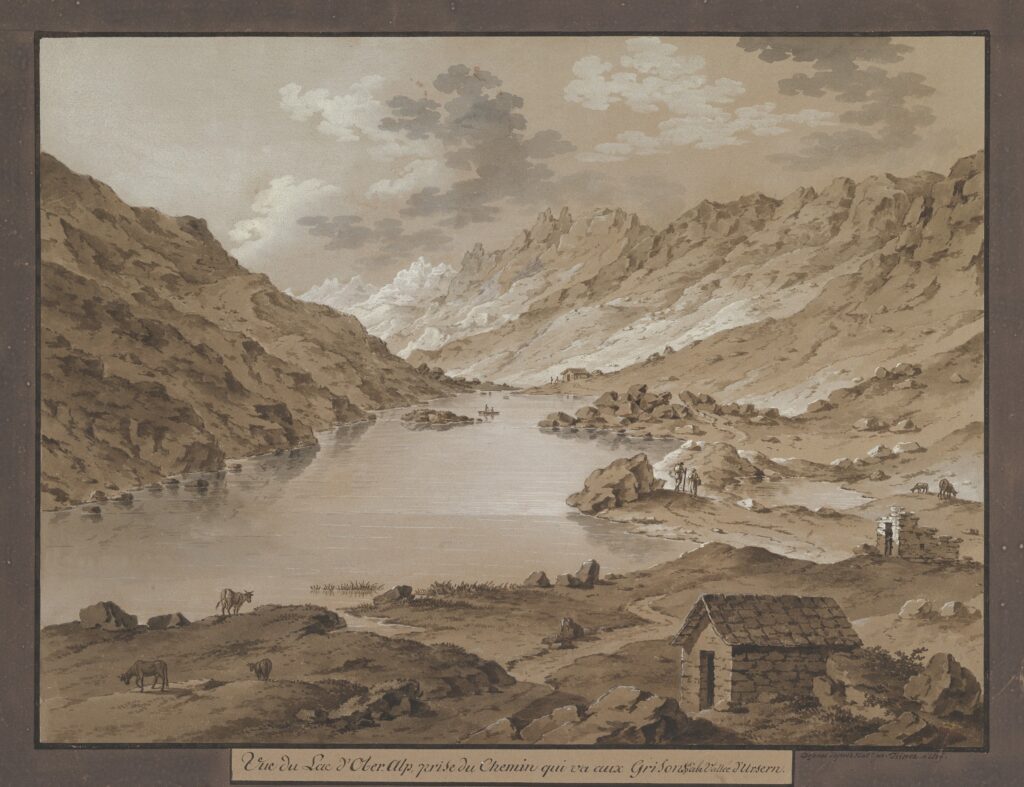of Demons and Dragons
When you drive through Switzerland from the north, the first glimpse of the alps is breathtaking and awesome. White peaks stand out in the distance against the bluest sky you may ever have seen. As you approach Luzern, the Voralps come into view, those mountains which lose their white hats when summer arrives. One small range stands before them all, with jagged shards like dragons’ teeth, and well they might be, for once dragons did inhabit the lofty realms of Mount Pilatus. Or so they say.
As well as dragons, Pilatus holds another mystery. It began nearly 2000 years ago in Jerusalem, during the reign of Tiberius, when Pontius Pilate was governor of the region. It goes like this…
Tiberius grew ill with leprosy, but hearing of a holy man who could heal any ailment, he sent his servant, Alban, to Jerusalem to fetch him. Along the way, Alban met Veronica, who told him how the healer, who was Jesus Christ, had been persecuted and crucified at the behest of Pilate. Alban returned to Rome with Veronica.
Veronica carried with her a cloth, with which she had wiped the blood and sweat of Christ as he bore his cross to Calvery. On arrival in Rome, she lay her cloth onto Tiberius’s ailing body. He was instantly healed but became enraged that such a powerful healer had been so cruelly put to death.
Tiberius summoned Pilate to Rome to account for his actions. The emperor was furious, but the moment Pilate stepped before him, his anger calmed, and he sent the governor away without any punishment. The following day, the anger Tiberius had felt returned, and he called Pilate back, but yet again his fury was quelled upon seeing the man. After a third audience with Pilate, Tiberius’s courtiers began to suspect something was not quite right. They pulled Pilate’s cloak from his shoulders and found underneath it, the holy robes once worn by the crucified healer. Stripped of his protection, Pontius Pilate was presented to Tiberius for the last time and duly sent to prison to await his punishment.
Pilate, sensing he was about to come to an unfortunate end, killed himself before the sentence could be pronounced. The emperor had his body buried in the Tiber, but the waters began to flow as if with poison. People became sick as the city suffered plague after plague, and the air was full of the stench of Pilate’s rotting corpse. They hauled out his body and took it far away, trying again to dispose of it for good. In Vienne, an ancient town in Gaul and a traditional place of exile for Romans, the corpse was buried beneath the waters of the Rhône. However, the city soon descended as if into hell. Once again, the body was moved, this time to Lake Geneva, where it was thrown into the depths of the vast lake from the shore near Lausanne. The citizens became unnerved by strange wails and cries, storms which raged day and night, and they soon insisted that it was removed.
By now everyone was wondering if they would ever be rid of the despicable wretch. They decided that the demon corpse should be placed high up in a deep crevice at the top of a mountain which they called, at that time, Frankmunt. And yet, the restless spirit seemed even more disturbed.
The mountain, usually so tranquil and calm, bubbled with evil. At night, a black fog rose up from the dark slopes. Horseflies and other vermin followed the fog as it coursed around the high meadows. The pests chased and harassed the herdsmen and their cattle, causing the animals to jump to their death in the deep ravines. In early spring, the unholy ghost loosened the snow and caused avalanches to crash onto the villages below, sweeping away the summer huts on their way down the steep slopes. The people living around the mountain looked up in horror at the black cloud which had formed and would not disperse. No amount of praying or incantations could calm the spirit. The citizens began to despair.
Now, in Salamanca there existed at that time, a school held deep in an underground cave, where dark sorcery was taught by the devil. One student, hoping to practice and improve upon his skills, travelled to Luzern after hearing of the terrible trouble the spirit was causing to the inhabitants, and promised to rid the town of the frightful ghost.
He climbed to one of the highest peaks, the Mittaggüpfi, to begin his exorcism of the mountain. But the spirit would not move, and as the earth beneath the Salamancan’s feet began to tremble and shake, he feared he would be thrown down and killed. Not to be deterred, he travelled even higher, to the Widderfeld, and began his incantations again. Thunder rolled, and lightning scorched the air, and the ground was charred to a cinder by the spirit’s anger. Even today, not a blade of grass will grow on that once green field. But the Salamancan kept on, and at last he began to bring the demon under control. Finally, he managed to banish the spirit until Judgement Day, to a small mountain lake deep in the alps.
Pilate’s furious spirit rode to his exile on a demon horse and there he stayed. He reappeared on only one day of the year – on Good Friday – while the feast of the passion was being held in the church in Luzern. His deathly figure rose out of the black waters of the Oberalp Lake on a judge’s chair, held by the devil in iron chains. Dressed in blood-red robes, with hair wild and grey, and beard as white as the snow around him, he tried desperately to wash away the blood on his hands. In vain he reached down to the icy water, but the stains of his sin could not be cleansed. As soon as the Feast of the Passion was over, down he plunged into the depths of the Oberalp Lake for another year in solitude.
Pity the poor goatherd who saw him there and was frightened out of his wits by the unearthly sight. Many a herdsman saw before them, the figure of a red-eyed goat, or an enormous black dog while travelling nearby with their animals. And if any brave soul thought to rouse the demon by throwing stones into the calm waters, there soon arose almighty thunderstorms around them. With nowhere to shelter, Pilate’s tormentors instantly regretted their foolish actions.
For hundreds of years, it was forbidden to travel to the lake, until finally, a priest demonstrated that even by throwing stones into the still waters of the lake, nothing untoward would happen. Finally, the wretched spirit was at rest.
The mountain is now known as Mount Pilatus, lest anyone forget the terror which was inflicted on the region by the demon corpse of Pontius Pilate.
And what of the dragons? Well, that’s another story for another day.



